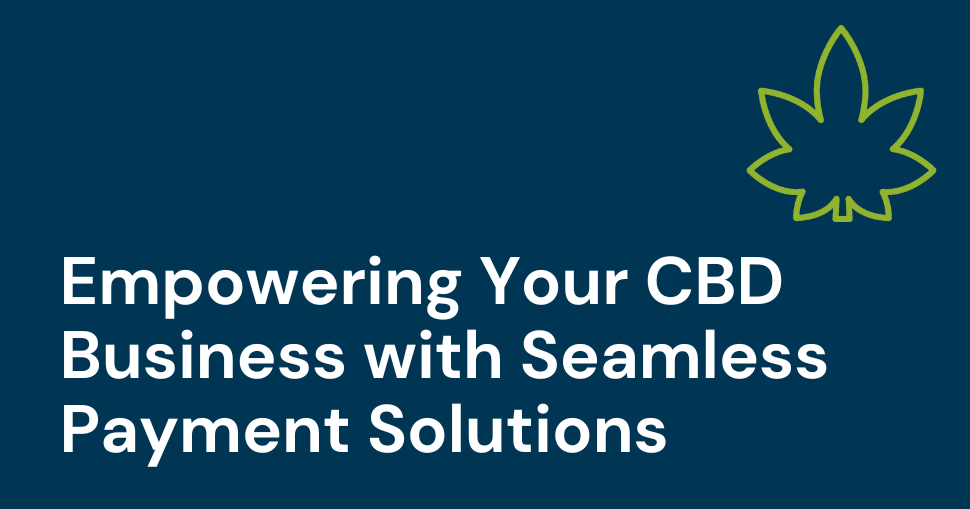[5-minute read]
By guest writer and Truevo growth marketer, Marlene Bramley
Digital marketing has evolved over the years. Social media has changed the way we communicate with friends, family, and our customers. However, the more things change, the more they stay the same. Traditional marketing relied heavily on word-of-mouth recommendations from clients that used and liked your product or service. Fast forward to the life of a small business in the digital age. Surprise! Small businesses still rely on the recommendations of current customers to attract new ones. It’s called referral marketing.
To use your current customers to attract new ones you must get a couple of basic things right. Obviously, people need to be happy with your product, how they find and pay for it, delivery, and after-sales service. Without that, the best referral program in the world would be worthless.
Given that everything is hunky-dory on the product side you have to think about how your customers can refer others. Between their hectic daily schedules, family and social obligations as well as the general issues that life throws at us all, referring your business to others will probably be the last thing on your customer’s mind. So you have to spend some time to make them aware of the benefits they and their friends can derive from using your product and referring others to do the same. It comes down to one word – incentives.
Giving customers more of the product they’ve already bought is kind of erm… not an incentive. Cash can work but it needs to be substantial enough for your customers to want it. Discounts on future purchases assume the client wants to spend endlessly and vouchers only work if they are for something desirable for your audience. We all know how that can turn out – just try buying a birthday present for a stranger. Very few people get it right.
A rewards or referral program is the answer. It works over time, with tact and strategy.
You don’t have to reinvent the wheel to create your own referral program. Look at companies that get it right and see what kinds of referral software they use, incentives they offer, and which customers they target.
If you want to learn how a referral program works head on over to Referral Candy, their blog will tell you how to create referral programs, which businesses have successfully implemented them, which industries use referral programs most effectively, and a whole lot more.
Companies like PayPal, Dropbox, Airbnb, Uber, Tesla, Amazon Prime, Google, and Evernote come up when you start looking at very successful referral programs. Have a look and see what you can learn from them. We’d like to focus more on ecommerce and the shops that are killing it with their referrals.
Referral program case studies for the win
1. Amuze
Amuze is a fashion portal that sells authentic designer apparel at a discount. They offered a further $25 discount as a referral incentive. Although it might not seem like a lot, it made a noticeable impact, considering that their prices are so reasonable to start with.
2. The Clymb
The portal sells sporting gear and gives credit to clients who refer their friends. They go even further by offering the same discount to the friend that was referred. Sporting gear is notoriously expensive, and The Clymb requires a minimum purchase of $50 to be able to refer friends and claim discounts. It’s quite a move of genius because they get a minimum of $100 worth of sales and a new client by offering a $15 discount for instance.
If your ecommerce site offers products with a high purchase value this might be the route for you to go.
3. Erin Condren
Erin sells accessories and stationery and she’s grasped the KISS (Keep it simple, stupid) principle. Her referral program gave away $10 to friends and advocates. It’s the simple refer-a-friend strategy, and it worked.
4. True&Co Lingerie
This site is doing a couple of things brilliantly. They’ve figured out how to determine a lady’s bra size and recommend lingerie especially for her. They’ve also adapted to post-Covid times by offering home fitting as a service. Their referral program was just as visual and convenient as the site is. To get a reward, they simply asked you to enter your email address and the email of a friend you wanted to refer. That’s it. You gave $15 to a friend and you got $15. No signing up for newsletters or further marketing emails, just good old paying you for spreading the word. A key takeaway from this site is that, if you make it easy for your customers to spread the word, they will. The same can be said for buying your product and using your site.
5. Harry’s
Harry’s is a shaving cream site that ships shaving products to your home. They launched with an epic referral program that gathered over 100 000 email addresses in a week. Here’s how it works. They’ve created an incremental reward system that rewards customers more if they share Harry’s with more of their friends.
Refer 5 friends get free shaving cream
Refer 10 friends get a free razor
Refer 25 friends get a free premium razor
Refer 50 friends get free shaving for a year
They also offered clients 10% off their first purchase. Needless to say, it worked like a bomb.
These are just some examples of the millions of referral programs that have been and are available. Make yourself a cup of coffee and click through to some of the links we’ve provided. You’ll come away with some insights that can help you grow your online business.
Did you find this article useful? Feel free to share your thoughts and tag us on Instagram, Twitter, Facebook, and LinkedIn.
P.S. Want a payment solution that does what it says it will do? Get Truevo. We can’t wait to connect with you.



